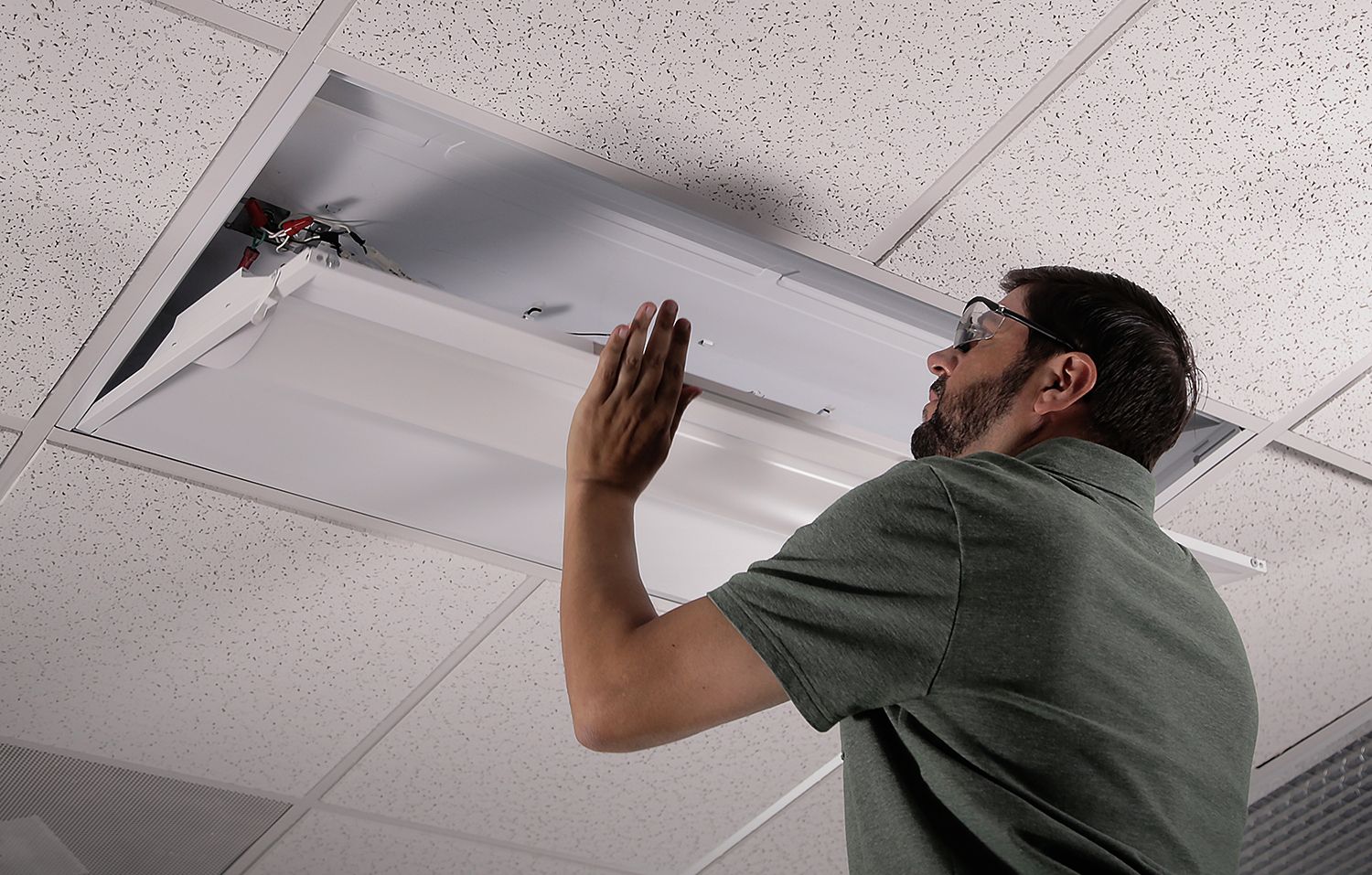Tech Versum: Explore the Future of Technology
Dive into the latest trends and innovations in technology with Tech Versum.
Lighten Up: Transform Your Home with Smart Upgrades
Transform your home effortlessly! Discover smart upgrades that brighten your space and elevate your lifestyle. Get inspired today!
5 Smart Lighting Upgrades That Will Transform Your Home
Upgrading to smart lighting can significantly enhance both the functionality and aesthetics of your home. One of the top upgrades is the installation of smart LED bulbs, which allow you to change colors, adjust brightness, and even create lighting schedules through your smartphone or voice control. Another transformative option is the integration of smart light strips under cabinets or along hallways, adding depth and ambiance. For those looking to elevate their outdoor spaces, investing in outdoor smart lighting can make your yard not only safer but also more inviting for evening gatherings.
In addition to the basic upgrades, consider adding a smart lighting control system like the Wemo Smart Light Switch, which allows you to control multiple lights from one location or even remotely. Finally, don’t underestimate the impact of smart motion sensors. They can turn lights on automatically when you enter a room, providing both convenience and energy savings. By adopting these smart lighting upgrades, you can create a more efficient, stylish, and responsive home environment.

How to Choose the Right Smart Home Devices for Energy Efficiency
When selecting smart home devices to enhance energy efficiency, it's essential to consider compatibility with your existing home systems. Begin by researching devices that can connect seamlessly with your home assistant or hub. Brands like Ecobee and Tado offer smart thermostats that dynamically adjust temperatures based on your schedule and preferences. Additionally, look for devices that can be controlled remotely through a smartphone app, ensuring that you can manage your home’s energy usage even when you are away.
It's also important to evaluate the energy efficiency ratings of devices. Opt for products listed by the Energy Star program, which indicates they meet strict energy efficiency guidelines. Consider incorporating smart plugs and light bulbs that can be programmed to turn off when not in use, thus reducing energy waste significantly. By prioritizing these features, you will not only save money on energy bills but also contribute to a more sustainable environment.
Unlocking the Benefits of Smart Home Automation: Is It Worth It?
In recent years, smart home automation has gained immense popularity, transforming the way we interact with our living spaces. But is it truly worth the investment? Smart home automation offers numerous benefits, including increased convenience, energy efficiency, and enhanced security. Imagine controlling your lighting, temperature, and appliances with just a voice command or a tap on your smartphone. With devices like smart thermostats and security cameras becoming more accessible, homeowners can enjoy a modern lifestyle that enhances both comfort and peace of mind.
However, the benefits of smart home automation extend beyond mere convenience. According to a Forbes article, implementing smart home technologies can lead to significant savings on energy bills, as these systems optimize consumption based on user habits. Furthermore, they provide robust security features, allowing homeowners to monitor their properties remotely, thereby reducing the risk of break-ins. As technology continues to evolve, investing in smart home automation could not only enhance your lifestyle but also add value to your home in the long run.